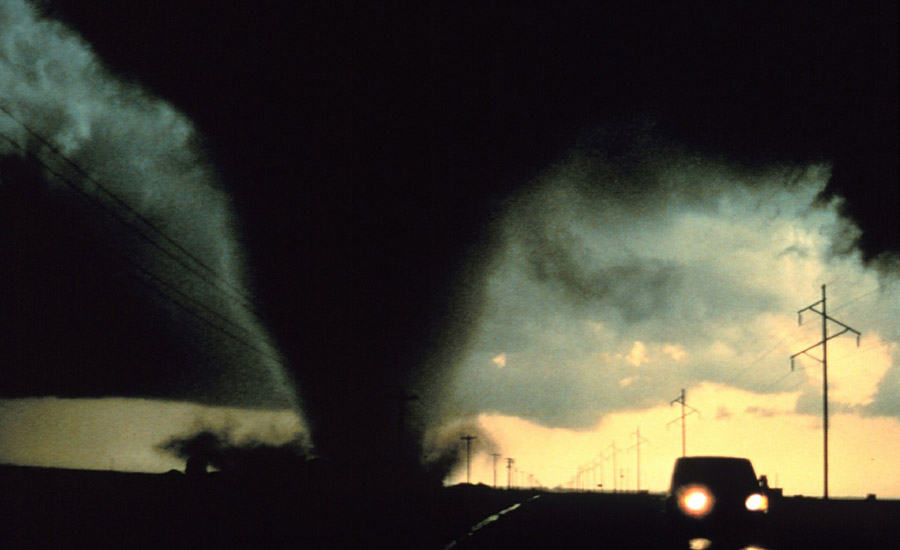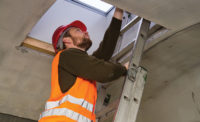More and more people are using portable generators to make sure they don’t lose power during natural disasters. If not used correctly, however, these useful devices can pose dangers of their own, especially electrocution and carbon monoxide poisoning risks.
The CDC says that if water has been present anywhere near electrical circuits and electrical equipment, you should turn off the power at the main breaker or fuse on the service panel. Do not turn the power back on until electrical equipment has been inspected by a qualified electrician.
Also important: follow manufacturer recommendations and specifications to the letter.
“If there are any questions regarding the operation or installation of the portable generator, a qualified electrician should be immediately contacted to assist in installation and start-up activities,” says the CDC. “The generator should always be positioned outside the structure.”
Other recommendations:
When using gasoline- and diesel-powered portable generators to supply power to a building, switch the main breaker or fuse on the service panel to the “off” position prior to starting the generator. This will prevent power lines from being inadvertently energized by backfeed electrical energy from the generators, and help protect utility line workers or other repair workers or people in neighboring buildings from possible electrocution.
If the generator is plugged into a household circuit without turning the main breaker to the “off” position or removing the main fuse, the electrical current could reverse, go back through the circuit to the outside power grid, and energize power lines or electrical systems in other buildings to at or near their original voltage without the knowledge of utility or other workers.
Generator use is also a major cause of carbon monoxide (CO) poisoning. Generators should only be used in well ventilated areas. To learn more about preventing CO poisoning, see Carbon Monoxide Poisoning After a Disaster.









